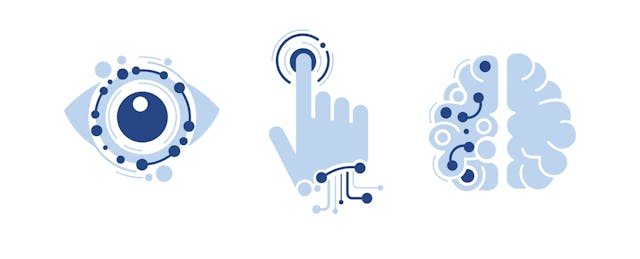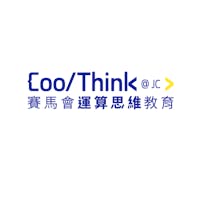When educators consider the term computational thinking (CT), they often think of math or coding. But if you ask Daniel Fung, vice principal and English teacher at the Sham Tseng Catholic School in Hong Kong, he will tell you computational thinking is an entire pedagogy geared toward teaching lifelong problem-solving skills.
Fung has adopted the award-winning curriculum CoolThink@JC to teach CT to his students and fellow teachers. Recently, EdSurge spoke with Fung about how he uses this curriculum to guide students through a new approach to learning and thinking.
EdSurge: How did you become involved with CoolThink@JC?
Fung: I became an English teacher eight years ago. I began coding in my second year, after visiting teachers in Edinburgh who introduced me to micro:bit as a platform for teaching a second language. My interest in learning code inspired me to watch online instructional videos. I realized my fourth, fifth and sixth grade students could benefit from learning to code.
While teaching English and working as a vice principal, I received a circular from CoolThink@JC. I saw an opportunity to refine my school’s curriculum.
What does a comprehensive computational thinking curriculum look like to you?
CT curriculum is not just about coding but rather a pedagogy and mindset. Knowing how to code on different platforms is not the goal at our school—nor the CoolThink@JC program. We want students to approach thinking differently. We have stopped providing step-by-step instructions to students and have begun turning it over to students for more of a problem-solving approach.
We want to go beyond coding and integrate computational thinking into students’ daily lives. We teach our students procedures as a way to become more efficient; students learn each thought and action is impactful. CT is a life skill—a way to approach all things academic and beyond.
How has your experience as a CoolThink@JC fellow shaped your professional development and approach to pedagogy?
For me, this is a new way of thinking. I embrace it as a curriculum and pedagogical change for our students and want to use it to help make my school systems more efficient. For example, we used it to redesign a very archaic method of scheduling teachers and classes. We began to approach school operations and systems through CT. It has made my school and me more systems-oriented.
When I facilitate professional development, I place teachers into groups and design activities that guide them to analyze a problem for different solutions. I’m trying to change their thinking and how they apply computational thinking throughout their teaching and daily lives. We spend little time talking and more time having teachers problem solve. We model to the teachers how this type of thinking is used and implemented.
Some educational systems need a mindset change. Instead of primarily focusing on learning, how about playing and exploring? When we first work with teachers in CT education, we ask them to create an application and appreciate their excitement when they first create one. We really need to get educators to embrace play, rather than worry about particular outcomes.
Teachers often think CT is restricted to math or technology lessons. I’m an English teacher; I see value in every educator advancing skills in CT. It’s not just about coding but rather a way of thinking and problem solving that will benefit students and educators.
All educators need to see and experience CT education. We need to encourage teachers to share computational thinking knowledge and experiences with other teachers. We also need universities to embrace this as part of teacher education. We need leaders that are practitioners—instructional leaders who integrate coding and CT.
Can you describe some of the learning outcomes you've seen with your students since adopting this curriculum?
There are tangible outcomes, such as the types of products and projects that students produce. For example, when students participate, we often give them points or credit. This becomes quite complicated and time-consuming. Our students used micro:bit to create a way for scores to be computed automatically. They addressed a problem they experienced and helped improve the class system on their own.
Another example is when students noticed that people at home were leaving their refrigerator doors open, which resulted in losing temperature and wasting energy. They used micro:bit and sensors to notify people to close their refrigerator door. This is a great example of students using computational thinking to improve the everyday lives of others.
And there are intangible outcomes as well. Through CT, students begin to ask fewer questions and become more self-sufficient. They find solutions by using their resources, asking the right questions, researching and experimenting.
Traditionally, students in Hong Kong have been quite passive. Our classrooms used to be dominated by rows. However, once we visited Edinburgh, we noticed that students were seated more collaboratively. Computational thinking helps us address these types of challenges. Initially, students use CT to solve problems that we provide them. Eventually, they transition to identifying problems and creating solutions with less instructional guidance.
I think CT promotes entrepreneurship—a means to change and improve the world. The nature of work is changing. Our students will continue to be presented with new, global challenges, and CT is the path to address these.



